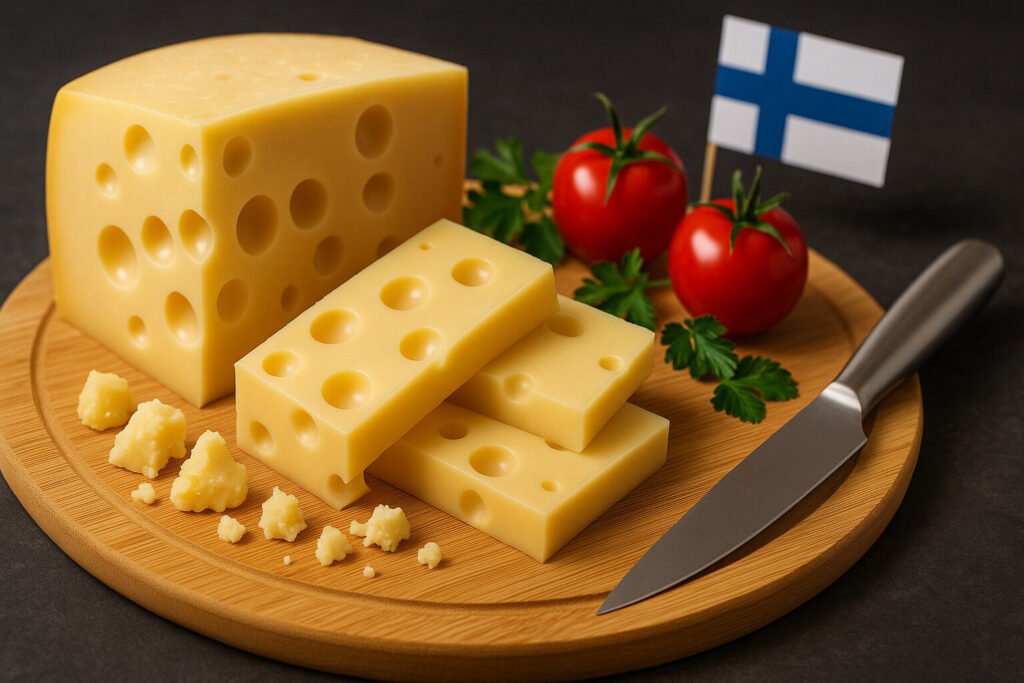Long Maturation Cheese
Definition and Scope
Long maturation cheese refers to varieties aged for extended periods, typically exceeding six months and often lasting several years. This category includes hard and semi-hard cheeses where prolonged aging develops concentrated flavors and firm textures. The extended maturation process reduces moisture content significantly, enhancing preservation qualities and flavor complexity.
These cheeses represent a distinct segment within cheese taxonomy, characterized by their deliberate production timeline and resulting physical properties. Common examples span multiple cheese families including granular, alpine, and extra-hard styles. The classification depends primarily on aging duration rather than milk type or production method alone.
Production Process
Manufacturing long maturation cheeses begins with standard cheese-making steps: milk treatment, coagulation, curd processing, and pressing. Critical differentiation occurs during the aging phase where temperature and humidity controls become paramount. Cheesemakers carefully monitor developing rinds and interior paste throughout the maturation period.
The aging environment typically maintains temperatures between 10-15°C with humidity levels around 80-85%. Regular turning, brushing, or washing of cheeses prevents undesirable mold growth and ensures even development. Proteolysis and lipolysis during aging create the characteristic crystalline textures and complex flavor compounds.
Sensory Profile
Long maturation cheeses exhibit pronounced flavor intensity with notable umami, nutty, and savory characteristics. Their texture ranges from firm and granular to dense and crystalline, often developing protein crystals that provide distinctive crunch. Aroma profiles typically feature earthy, caramelized, and sometimes sharp notes.
The extended aging diminishes lactose content, making these cheeses suitable for lactose-sensitive consumers. Flavor development follows predictable pathways: initial mild notes transform into deeper, more complex profiles with caramelization of milk sugars and breakdown of proteins and fats. Color progresses from pale ivory to deep golden hues.
Culinary Applications
These cheeses serve excellently as table cheeses for direct consumption, often paired with robust wines, cured meats, and crusty breads. Their low moisture content and concentrated flavors make them ideal for grating over pasta, risottos, and soups. The hardness allows for precise shaving or crumbling as garnishes.
In cooking, long maturation cheeses provide intense flavor foundations for sauces and baked dishes without excessive oil separation. Their structural integrity maintains form when heated, making them suitable for gratin dishes and stuffed preparations. The low water activity ensures consistent performance in various culinary applications.
Regional Examples
Italy produces notable long maturation cheeses including Parmigiano Reggiano, aged 24-36 months, and Grana Padano with minimum 9-month aging. These granular, hard cheeses develop crystalline structures and complex nutty flavors through extended cave aging. Their production follows strict protected designation of origin protocols.
Switzerland contributes Gruyère and Sbrinz, alpine cheeses aged 10 months to 3 years, developing firm textures and fruity notes. English examples include extra-mature Cheddars aged over 15 months, while Spanish Manchego achieves distinctive character through 12-month maturation. Each region’s traditional methods create unique terroir expressions.

